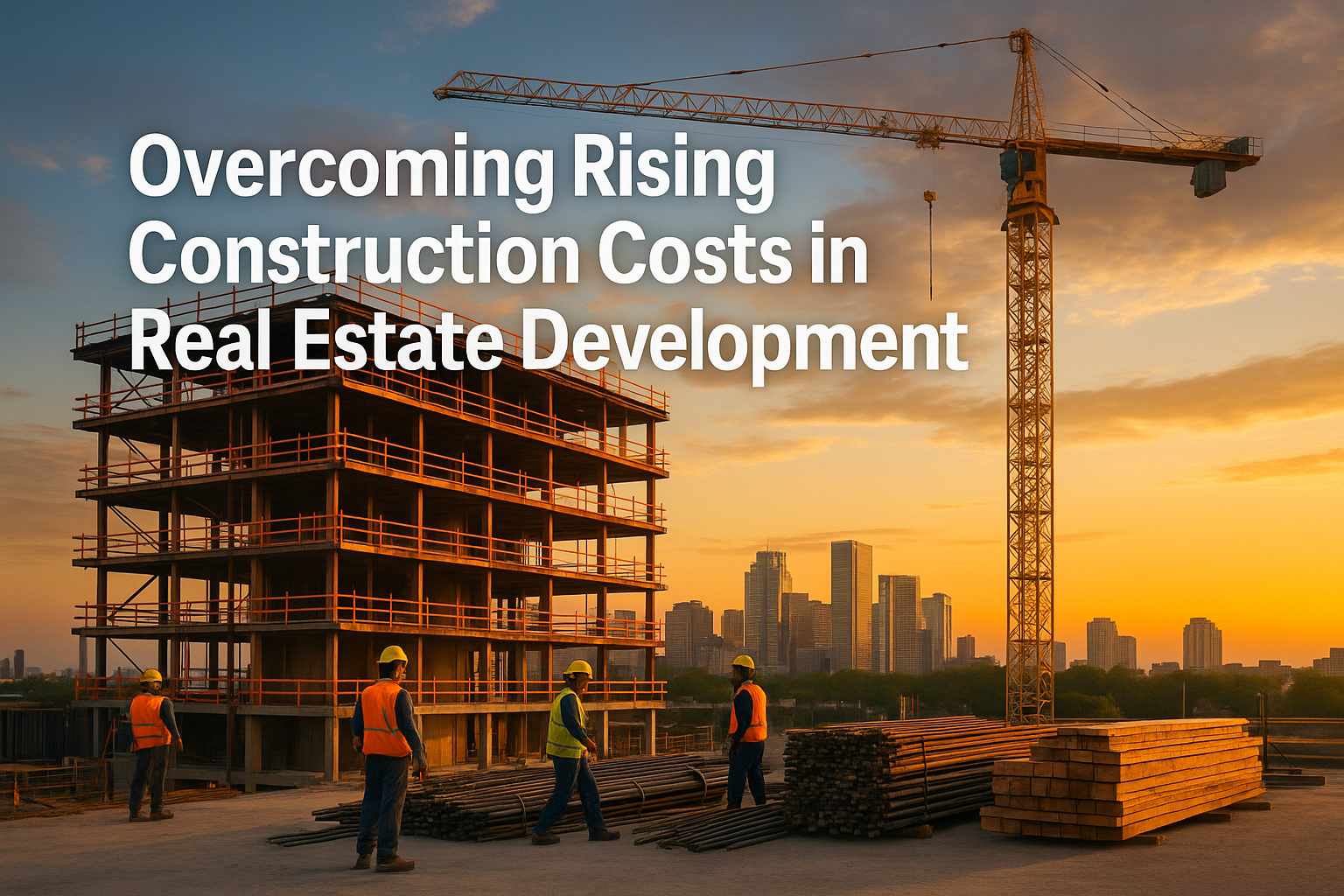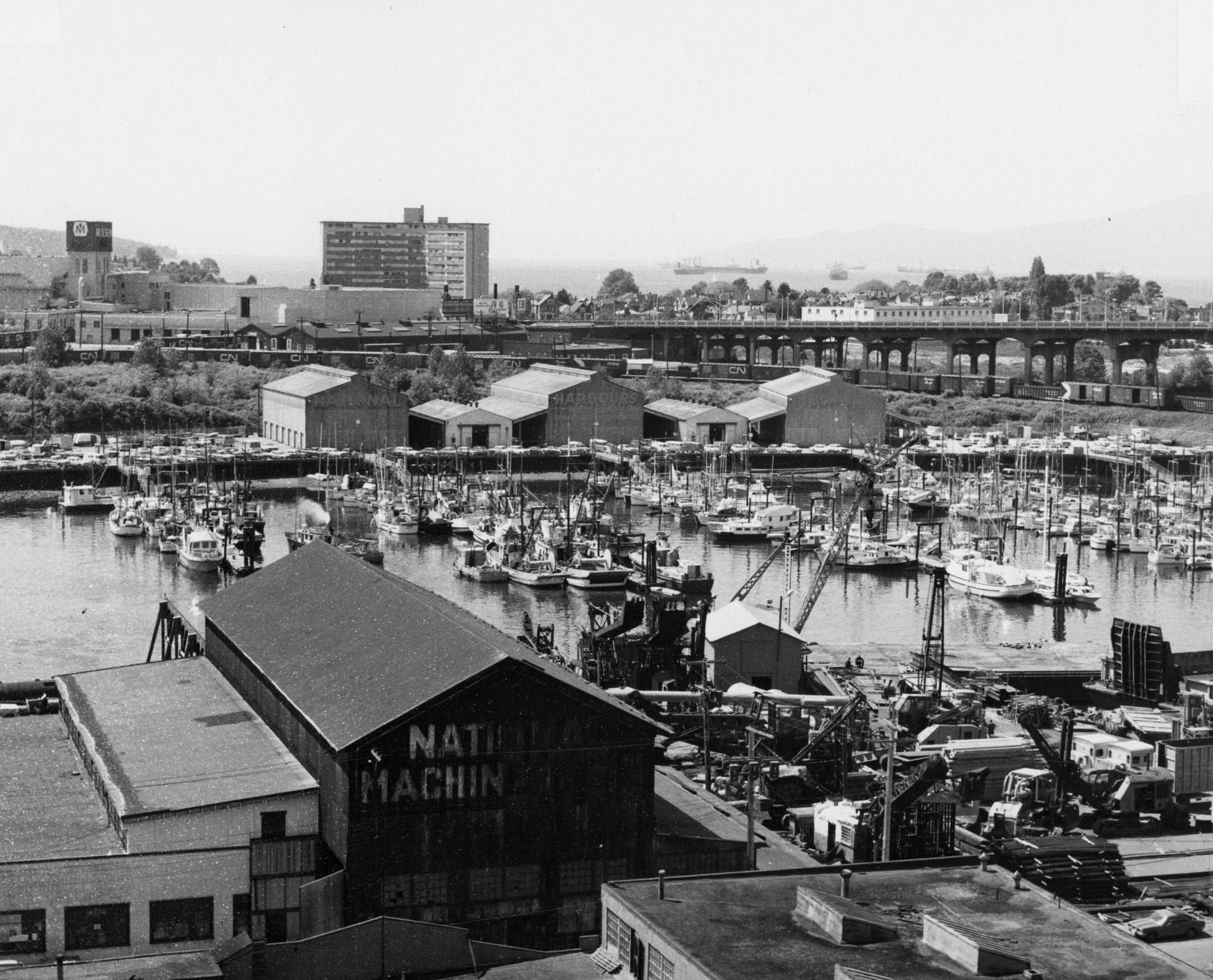
Overcoming Rising Construction Costs in Real Estate Development: Strategies for 2025 and Beyond
Introduction: The Cost Challenge Developers Can’t Ignore
If you’re in real estate development today, you already know the numbers: construction costs have surged dramatically over the last decade, and 2025 is no exception. From labour shortages and material price volatility to inflationary pressures and global supply chain disruptions, every stage of a project now carries added financial risk.
But rising costs don’t mean stalled projects—smart developers are adopting innovative methods to overcome these financial hurdles without compromising quality. This comprehensive guide covers how to reduce construction costs in real estate projects, why expenses are so high, and the most cost-saving strategies property developers need in 2025.
Why Are Construction Costs So High in 2025?
Before finding solutions, it’s essential to understand the forces driving cost escalation.
1. Inflation and Economic Uncertainty
The global economy continues to experience inflationary spikes, pushing building material prices higher year-over-year. Cement, steel, and lumber remain at peak costs due to energy price fluctuations and logistics challenges.
2. Labour Shortages
According to industry reports, labour shortages impact construction costs significantly, especially in urban centres like Vancouver and Toronto. Skilled tradespeople are in short supply, leading to wage increases and project delays.
3. Regulatory Complexity
Permits, rezoning, and environmental reviews are taking longer and adding soft costs to projects. Learn more about navigating these processes in planning and development policy consulting.
4. Supply Chain Disruptions
Global supply chain volatility, triggered by geopolitical events and shipping delays, means material lead times are longer and unpredictable.
10 Proven Strategies for Managing Construction Costs in 2025
1. Embrace Value Engineering
Value engineering remains a cornerstone for controlling costs. It involves evaluating design, materials, and systems to achieve the same functionality at a lower cost without sacrificing quality or performance.
Example: Switching to prefabricated wall panels can reduce labour hours by 30%, cutting both cost and schedule time.
2. Adopt Prefabrication and Modular Construction
Prefabrication to reduce construction costs is one of the most impactful trends of 2025. Modular components not only lower labour needs but also mitigate weather-related delays.
Benefits:
-
Reduces waste and material costs
-
Shortens project timelines
-
Improves predictability in pricing
3. Negotiate Contractor and Supplier Agreements Early
Locking in material prices and labour contracts upfront can shield your project from future price escalations. Experienced developers also build relationships with multiple suppliers to create bidding leverage.
Explore our expertise in development management for better negotiation strategies.
4. Invest in Technology for Cost Control
Modern construction cost management techniques involve digital tools like Building Information Modeling (BIM), which helps forecast material needs, avoid errors, and identify design conflicts early.
Additional Tools:
-
Real-time budget tracking apps
-
AI-driven forecasting for material and labour pricing
5. Implement Sustainable Building Practices
Sustainability isn’t just a buzzword—it’s a cost-saving mechanism. Energy-efficient materials, recycled content, and water-saving technologies may offer upfront rebates and long-term savings.
See our climate change preparedness approach for sustainable strategies.
6. Monitor Market Trends Constantly
Understanding building material price trends in 2025 can help you schedule purchases during price dips. Developers should subscribe to price indices and track commodity markets.
7. Reduce Material Waste
Excessive waste adds up. Use accurate construction project cost analysis and just-in-time delivery to minimize surplus material and onsite storage fees.
8. Explore Alternative Materials
Incorporating affordable construction solutions like engineered wood, lightweight steel, or even 3D-printed components can significantly cut costs while maintaining durability.
9. Secure Strong Financial Feasibility Planning
A detailed financial feasibility assessment can help anticipate overruns before they occur. Plan contingency budgets and run sensitivity analyses for fluctuating costs.
Link to financial feasibility assessment.
10. Improve Stakeholder Communication
Regular communication with architects, contractors, and investors helps identify cost risks early. See our public and stakeholder consultation services.
Innovative Methods to Lower Construction Costs
Using Smart Construction Technologies
-
Robotics for repetitive tasks like bricklaying
-
AI-based project scheduling to reduce idle time
Off-Site Manufacturing
-
Factory-built components minimize errors and speed up installations
Budgeting Tips for High Construction Costs
-
Allocate 10-15% contingency for cost overruns
-
Phase your project to spread out expenses
-
Use cash flow forecasting to prevent liquidity crunch
Table: Quick Comparison of Cost-Saving Strategies
| Strategy | Potential Savings | Implementation Level |
|---|---|---|
| Prefabrication & Modular Design | 15-30% | High |
| Value Engineering | 10-15% | Medium |
| Early Contractor Negotiation | 5-10% | Low |
| Sustainable Building Materials | 8-12% | Medium |
FAQs: Expert Answers to Common Questions
1. How can developers reduce construction costs in 2025?
Use prefabrication, adopt value engineering, and leverage technology like BIM for accurate planning.
2. Why are construction costs so high right now?
Due to labour shortages, inflation, and rising material costs, combined with regulatory and supply chain challenges.
3. What is the best way to manage cost overruns?
Create realistic budgets, include contingency buffers, and adopt proactive construction cost management techniques.
4. Can sustainable building really save money?
Yes, sustainable designs reduce energy costs, attract incentives, and lower lifecycle expenses.
5. What new technologies help cut construction costs?
Robotics, AI scheduling tools, and advanced prefabrication systems are leading innovations.
Conclusion: Staying Competitive in a High-Cost Era
Overcoming rising construction costs in real estate development requires strategic planning, innovation, and strong partnerships. By adopting technologies, optimizing design, and embracing sustainability, developers can deliver profitable projects even in a challenging cost environment.
Need expert guidance on financial feasibility, development management, or market studies? Contact Urbanics today and future-proof your projects with data-driven strategies.


